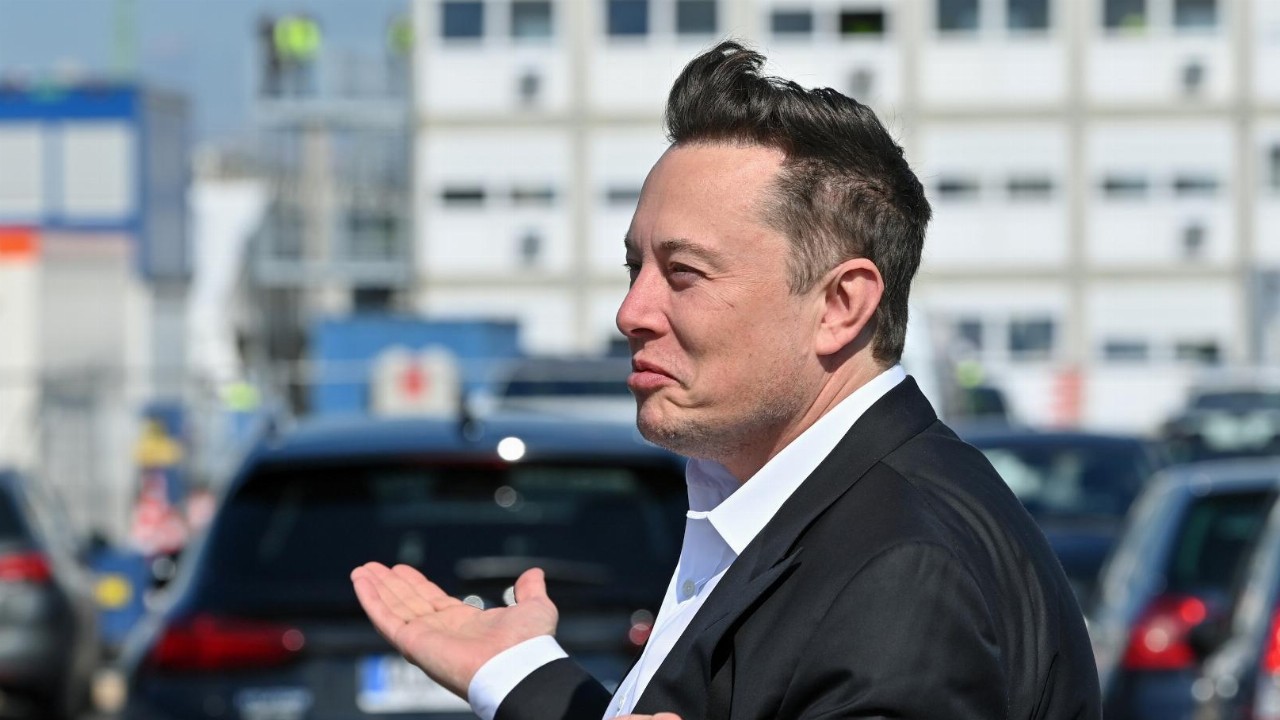- A SpaceX rocket has successfully launched 143 satellites into space, in what the company said is a new record for a single mission
- The Falcon 9 rocket carried 133 commercial and government spacecraft as well as 10 Starlink satellites
- Starlink is part of SpaceX’s SmallSat Rideshare Program, which aims to provide reliable, affordable transport to orbit for small satellite operators
- SpaceX has previously launched more than 800 of the several thousand satellites needed to offer broadband internet worldwide
- Previous launches with multiple spacecraft include 104 satellites that were launched under an Indian program in 2017, and 37 as part of a Russian on in 2014
A SpaceX rocket has successfully launched 143 satellites into space, in what the company said is a new record for a single mission.
The reusable Falcon 9 took off from the Space Launch Complex 40 at Cape Canaveral Space Force Station in Florida, carrying 133 commercial and government spacecraft along with 10 Starlink satellites.
Starlink is part of SpaceX’s SmallSat Rideshare Program, which aims to provide reliable, affordable transport to orbit for small satellite operators. That said, a trip for a 200-kilogram satellite typically costs around US$1 million (A$1.29 million).
Launching many small satellites for a wide range of customers tomorrow. Excited about offering low-cost access to orbit for small companies! https://t.co/NrXmBML747
— Elon Musk (@elonmusk) January 22, 2021
“On board this launch were 133 commercial and government spacecraft (including CubeSats, microsats, and orbital transfer vehicles) and 10 Starlink satellites — the most spacecraft ever deployed on a single mission,” SpaceX said on its website.
SpaceX has previously launched more than 800 of the several thousand satellites needed to offer broadband internet worldwide — a $10 billion investment that the company estimates could generate $30 billion each year to fund Elon Musk’s interplanetary rocket program, Starship.
The Falcon 9 rocket flew south along the east coast of Florida in order to deploy the Starlink satellites in a polar orbit, in which the satellites pass over both the north and south poles of Earth — a first for the program.
Once it had reached the required altitude, the first stage was separated and flipped in preparation for its descent back to Earth, where it landed on SpaceX’s Of Course I Still Love You droneship in the Atlantic Ocean.
Falcon 9’s first stage has landed on the Of Course I Still Love You droneship pic.twitter.com/6gWWlLiXdG
— SpaceX (@SpaceX) January 24, 2021
Previous launches with multiple spacecraft include 104 satellites that were launched by the PSLV-C37 during India’s PSLV program in 2017, and Russia’s Dnepr rocket, which carried 37 satellites in 2014.








